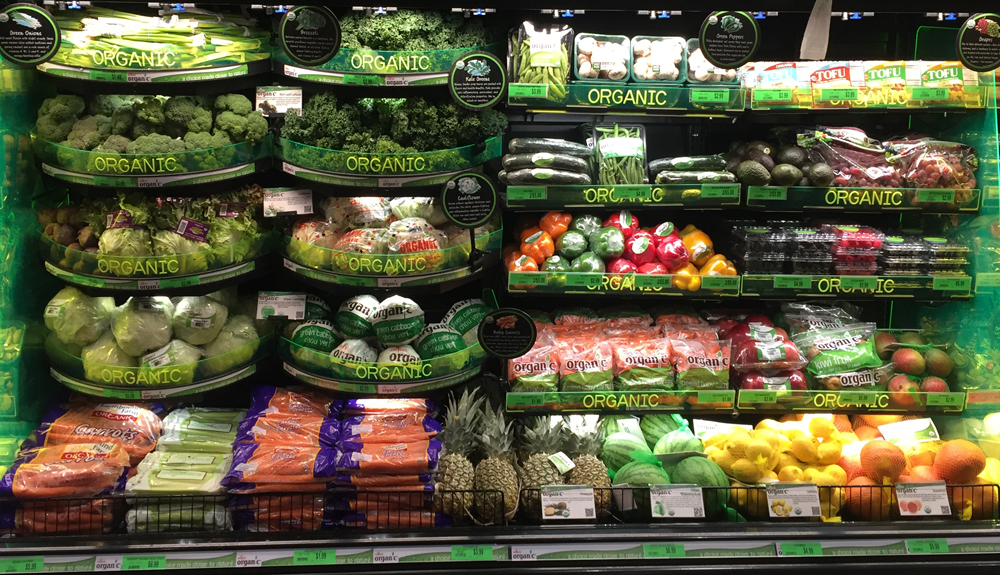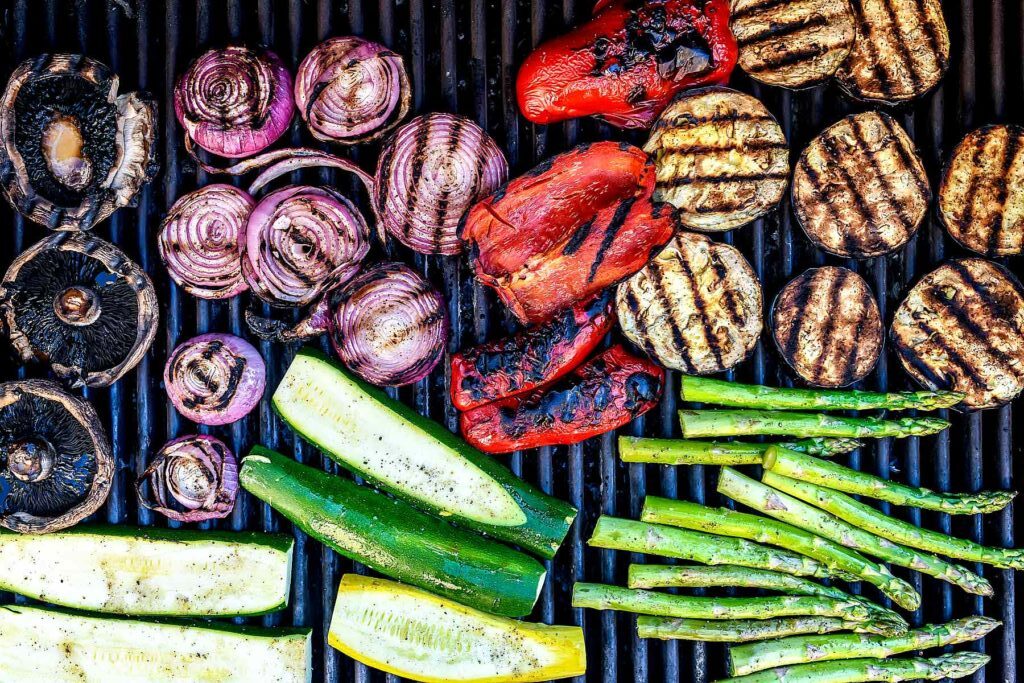You ask, We answer! The question recently came up…
“How do seedless watermelons reproduce without seeds?” and “Is it because they are picked early?”
While yes, Seedless Watermelons are grown from seeds, the seeds are produced by crossing diploid and tetraploid lines of watermelon, with the resulting seeds producing sterile triploid plants. What?! Basically, crossing these types of seeds results in a sterile seed which is left inside the fruit in the form of a shell, or “tracer seed.” These seeds are not able to reproduce, so you should not plant them. Thus, the fruit development is triggered by pollination, so these plants must be grown alongside a diploid strain to provide pollen.
How do you plant seedless grapes, if they don’t have any seeds?
Answer 1:
Seeds are only one way that plants are reproduce. Plants can also spread by growing bigger and spreading out across the ground. At some point the plant becomes so big that different parts of it are capable of growing by themselves. The plant may then split or the mature parts simply fall off. These off-spring are usually called “clones,” because they are genetically identical to their parent plants. Classic examples of these clones include familiar garden plants like strawberries (they have long roots called stolens that spread out from existing plants). Another special way of reproducing plants is called grafting. When plants are grafted the green top of one plant is combined with the living roots of another plant. This process can establish plants that might not be able to reproduce on their own. Nuts, apples, and stone fruits are often grafted (sometimes you can see a strange line near the base of the tree where the width of the tree changes or maybe the bark is a different color). So, back to your watermelons and grapes.
Given those options, if you were a farmer how would you grow more?
Hint: You’ve probably already got a whole field full of healthy watermelons and grapes to work with.
Answer 2:
How do you plant seedless fruit? You don’t. Plants that produce seedless fruit (“sterile” plants) do not occur in nature since they cannot reproduce. Scientists have created certain special varieties of commercial fruit to grow without seeds (e.g. oranges, grapes) or with smaller, reduced seeds (bananas, “seedless” watermelons) in order to make it more convenient for humans to eat them. However, these varieties must be specially cultivated since they cannot be re-planted from seeds.
For seedless grapes, new plants must be made from existing ones. The easiest method involves slicing the stem of an adult plant diagonally and cutting sections from it.One end of each cutting can then be dipped in a rooting hormone. (Yes, plants have growth hormones! Rooting hormones stimulate the production of roots.) The cuttings are planted and eventually grow into new plants that produce fruit. Grapes from seedless plants are small, and must be treated with plant growth hormone in order to ripen to normal size. The process of growing seedless grapes is a form of asexual reproduction, as the new plant is basically a genetic clone of the original parent plant. Some seedless grape varieties have been grown this way since Roman times (a grape plant that is 2,000 years old). Wild grape plants reproduce sexually, by a process called pollination. In sexual reproduction, male gametes combine with female gametes to produce a new organism which has half of its genetic identity from the mother and half from the father. Find a book about general plant biology (“botany”) or look on the web and try to answer these questions: What parts of plant flowers contain the male gametes (pollen)? What parts contain the female gametes (eggs)? How does pollination occur (that is, how does the pollen make it to the egg)?
In order to create seedless watermelon plants, normal seed-producing plants which have 2 sets of chromosomes are pollinated with pollen from plants that have been engineered to have 4 sets of chromosomes. The resulting seeds produce plants (“hybrids”) that have 3 sets of chromosomes. These hybrids are sterile, which means they produce seedless fruit. In this way, a seedless watermelon can be grown from a seed.






